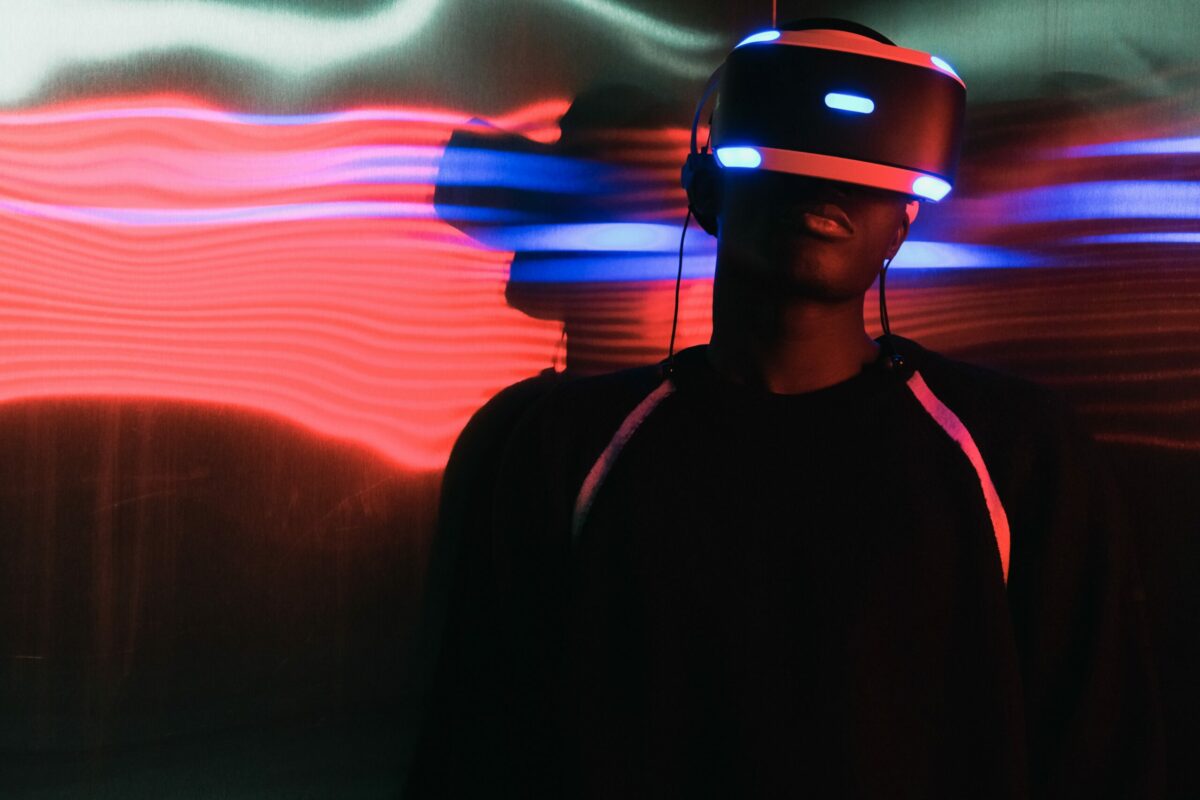Contrary to popular belief, user experience is not just the user research and design team’s responsibility.
User-centric product design is everyone’s responsibility — no matter where you sit in your org.
Dave Rolnitzky, Director of Design at Vanta, is the perfect example.
He’s undertaken quite the career journey from a marketer to a researcher to a founder to a designer.
What’s the one thing these roles have in common?
Talking to your customers (and truly listening to them) is the only way to deliver any real value.
“We all need to be sure we’re having a great user experience,” Dave said. “Whether you’re in support or sales or marketing, all of those things need to work together to make sure you’re focused on the customer everyday.”
User-centric design: Key to creating products people love
Some leaders may scoff: What’s the hullabaloo over user research?
After all, if your product is great, then people will use it, right?
Welp. Sorry, folks, it doesn’t work that way. Your product might have great functionality, but a bad product design can cause users to abandon it before they even get started.
Dave has led teams across “boring” B2B industries to develop useful and delightful products. He says it all starts with listening to understand your end user. And having more frequent conversations is always better in user research.
“However much you think you’re talking to your customers, do it maybe 50% more,” he said.
The way you design your product has a significant impact on your company’s ability to scale. Keeping scalability in mind makes it easier to meet the needs of new customers over time. But how do you design one product that appeals to multiple stakeholders?
Simple — you can’t!
If you’re designing for everyone, you’re designing for no one
It’s essential to consider the needs of everyone. But you need to prioritize giving your top personas a really great experience.
Here are 3 key lessons every product team can borrow from their design team:
1. Clarity of vision
Every successful business wants to create products that are easy and enjoyable to use. You need a clear vision of what you want to build — and this starts at the top.
“If it’s only 85% clear at the top leadership level, then you can rest assured that it’s maybe only 50% clear for other people on the team. So I think having that vision is super important,” Dave said.
Foster a productive product design conversation with your users through user research.
2. Modernization
Many companies rarely update their design.
But changing your product design based on user feedback is a sign of growth and evolution. So how do you decide it’s time for an upgrade?
Dave says it depends on the goals of the organization:
“Smaller companies that are growing really fast accrue a lot of usability debt, and things spring up organically. Somehow the information architecture might not make sense, and just the experience from one end to the other starts not to make sense.”
It’s time for a redesign if you see friction with your customers. When your users can’t do their tasks and well, you need to step in.
Redesigns don’t necessarily have to be comprehensive. You can iterate on the product design through quick sprint cycles. This will also help you test user feedback on a frequent basis.
3. Smart problem-solving
There are many ways to create an excellent user experience, and following the latest trends is undoubtedly one of them. Ultimately though, solving user issues will be your fastest way to build loyalty.
“Solving the problems for your customers in a smart way? That’s really what matters. And you can overlay the latest trends in UI on top of that,” Dave said.
The future of user experience will be a battle between products that solve customers’ problems — and those that only talk about solving them.
The better you understand your users, the easier it is to create a product they love.
Check out the full talk with Dave to gather more insights on adopting a user-centric product design methodology.
Photo by SHVETS production




